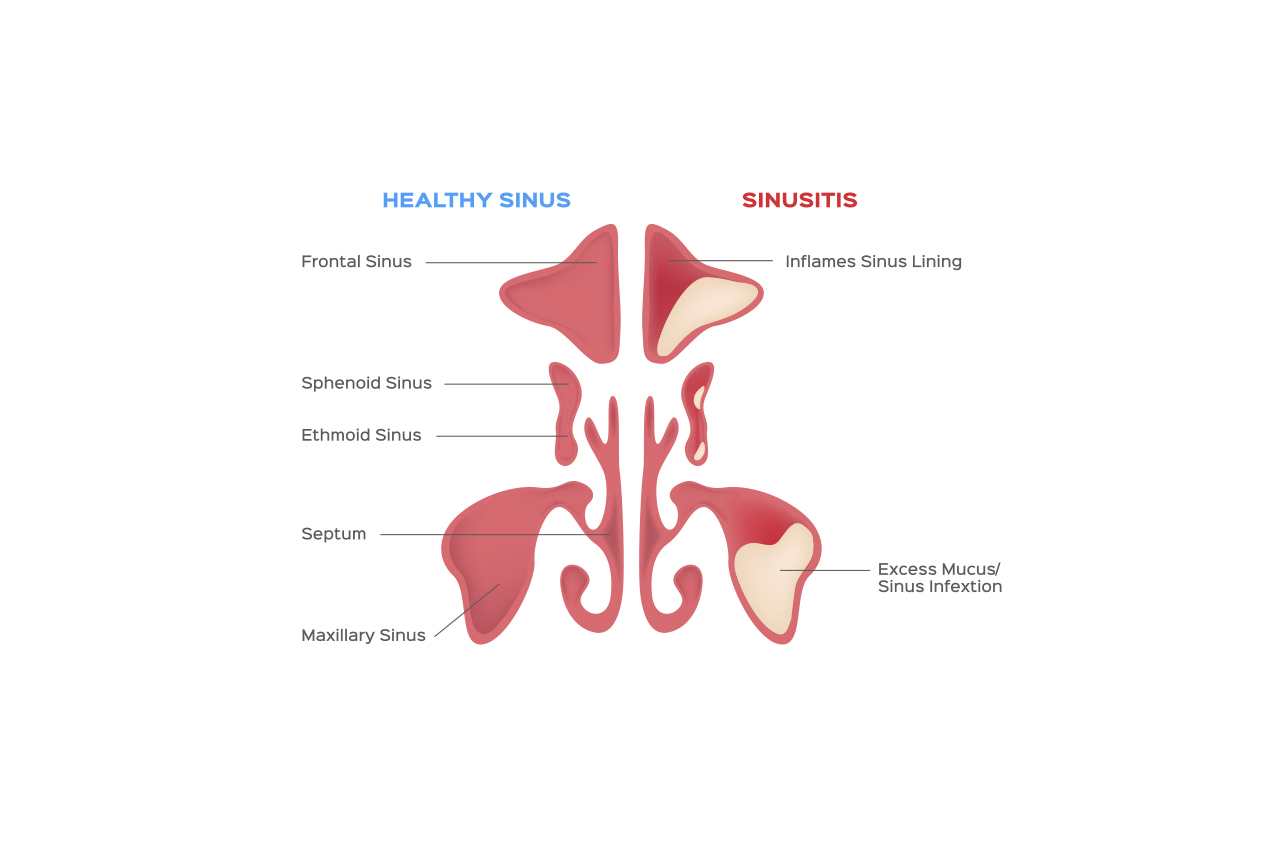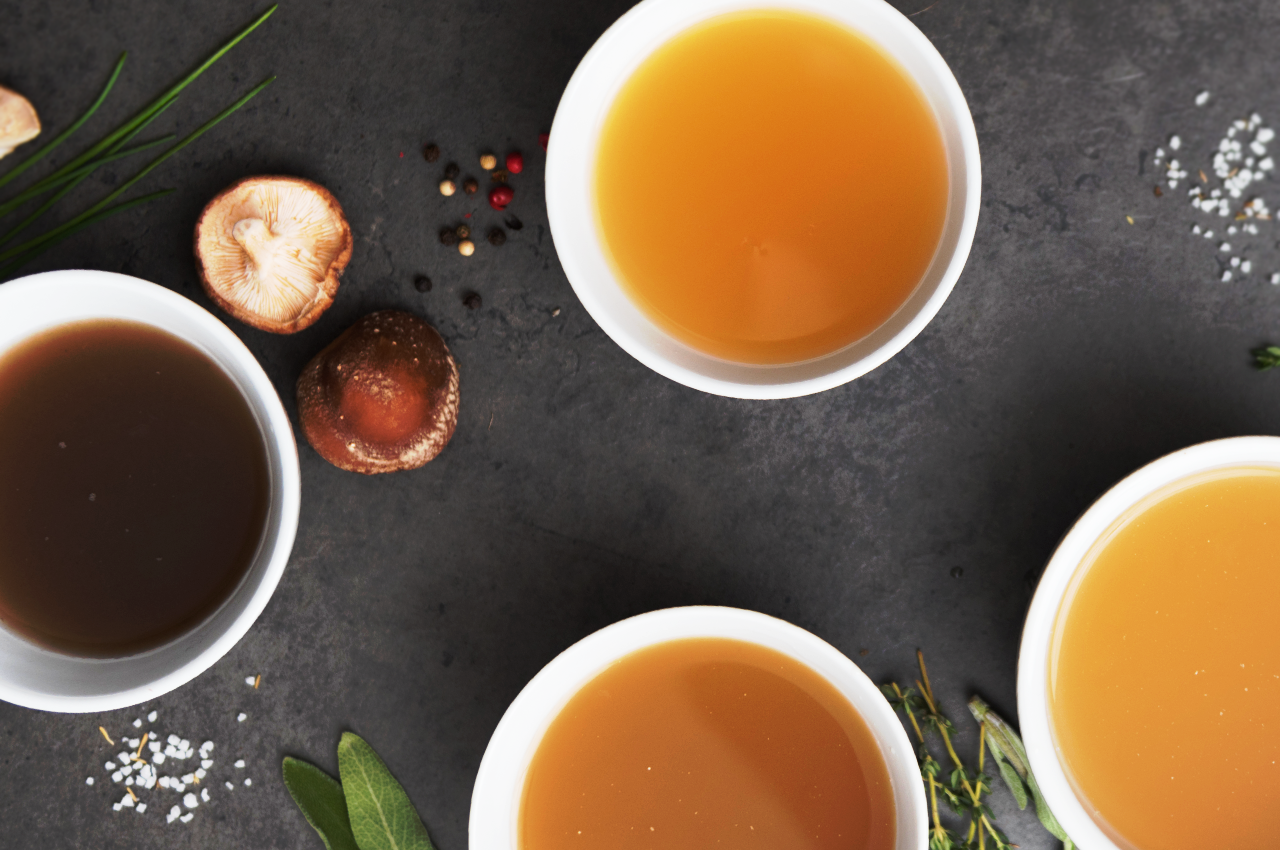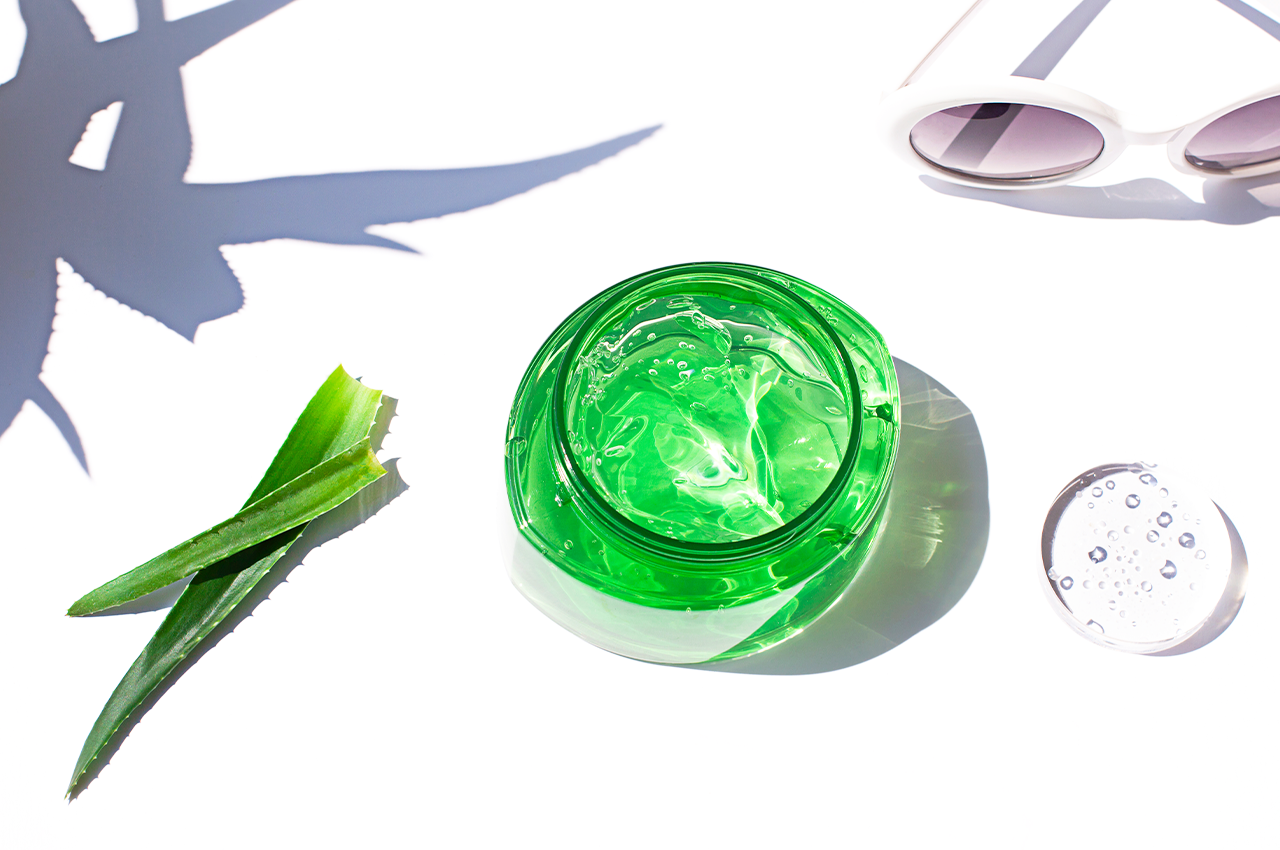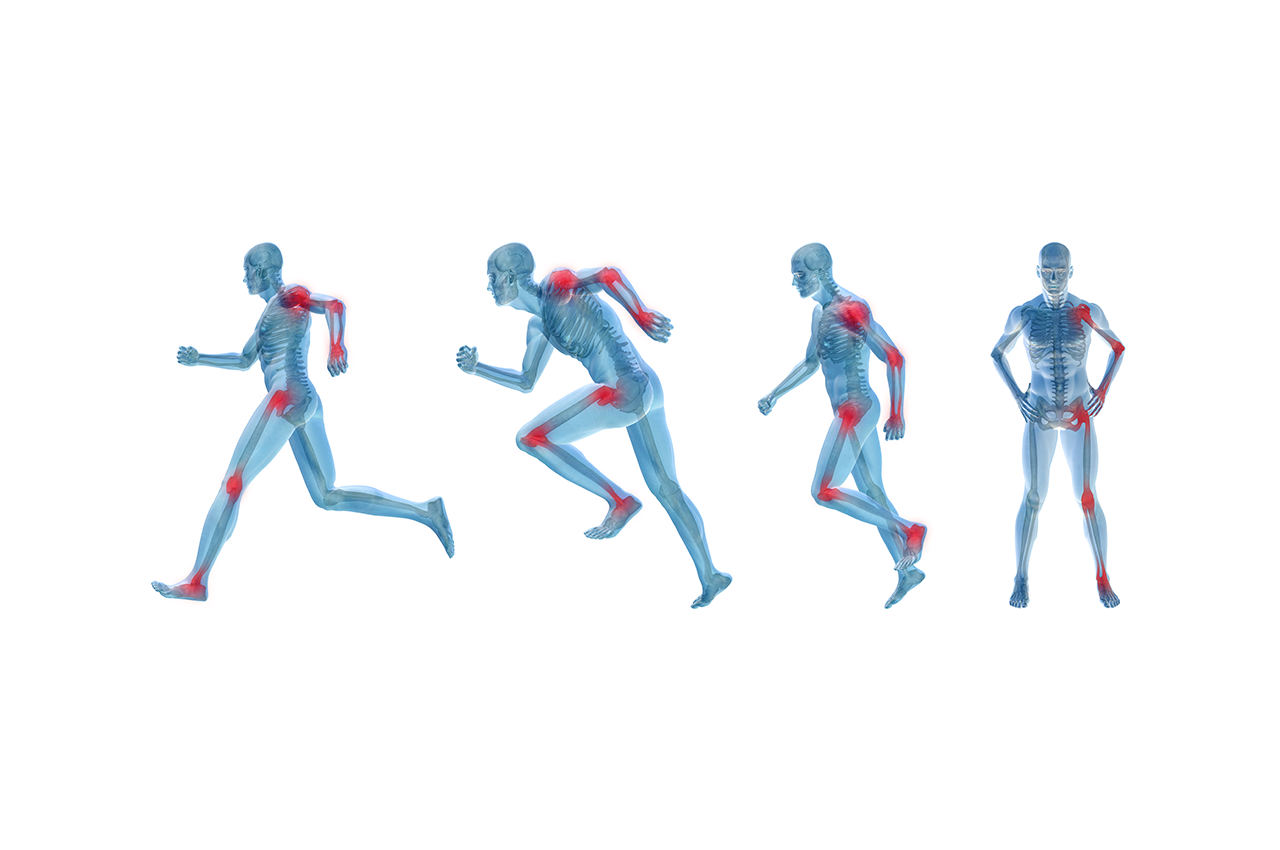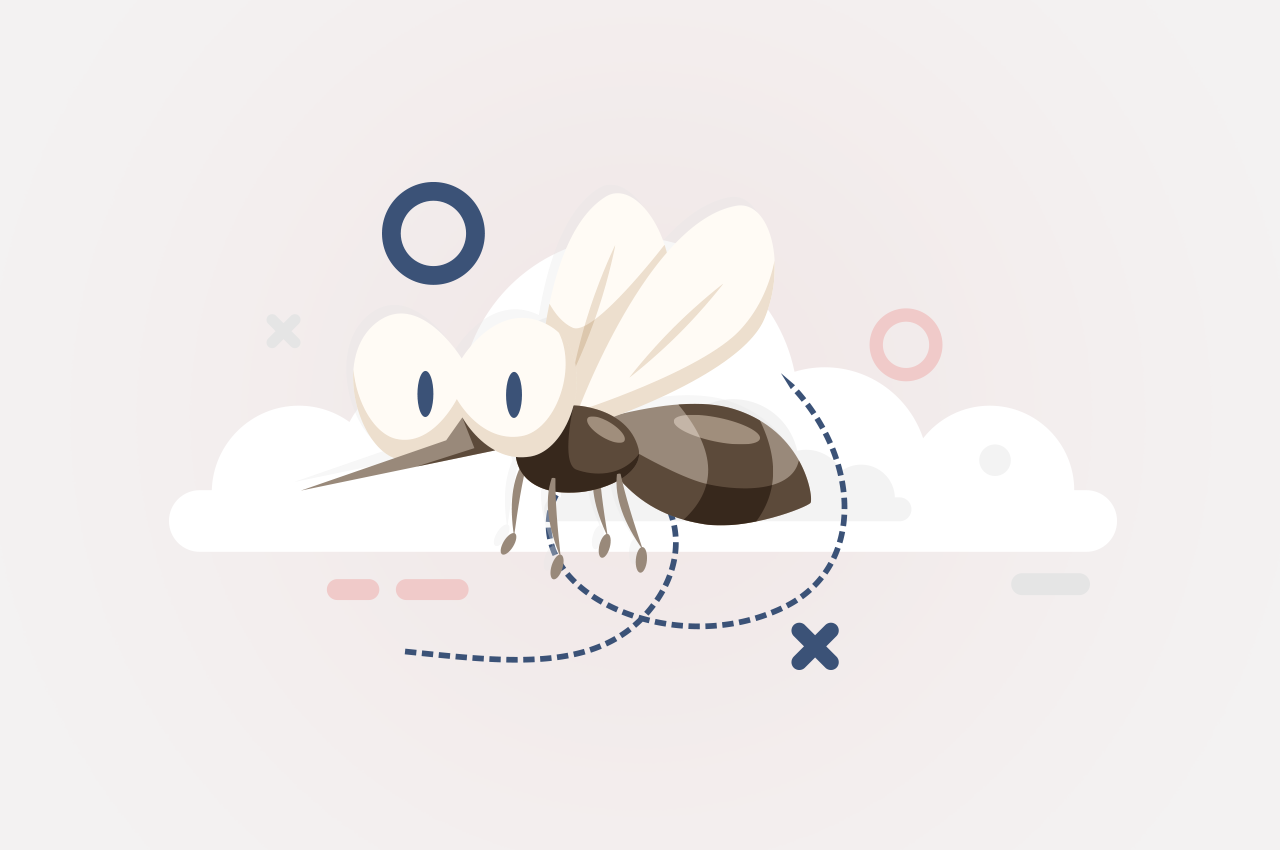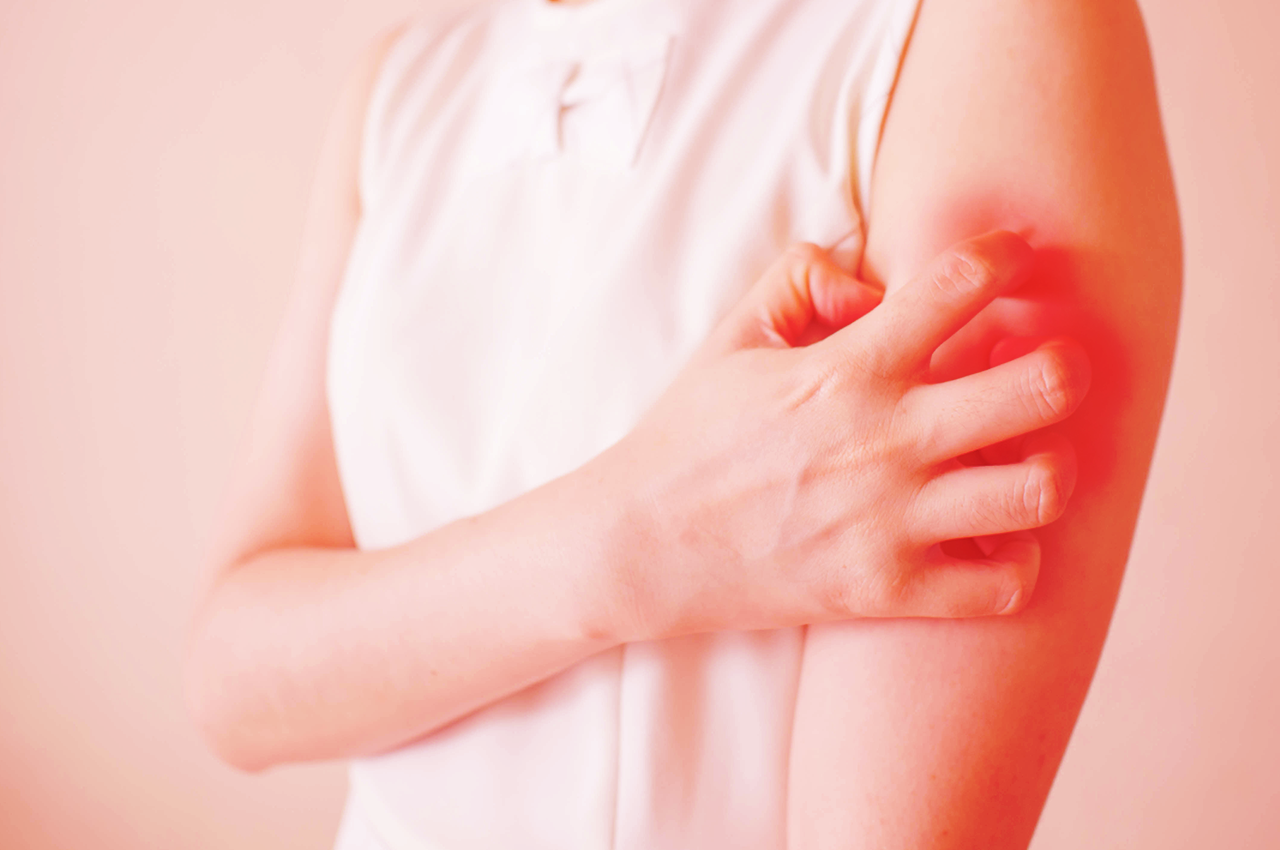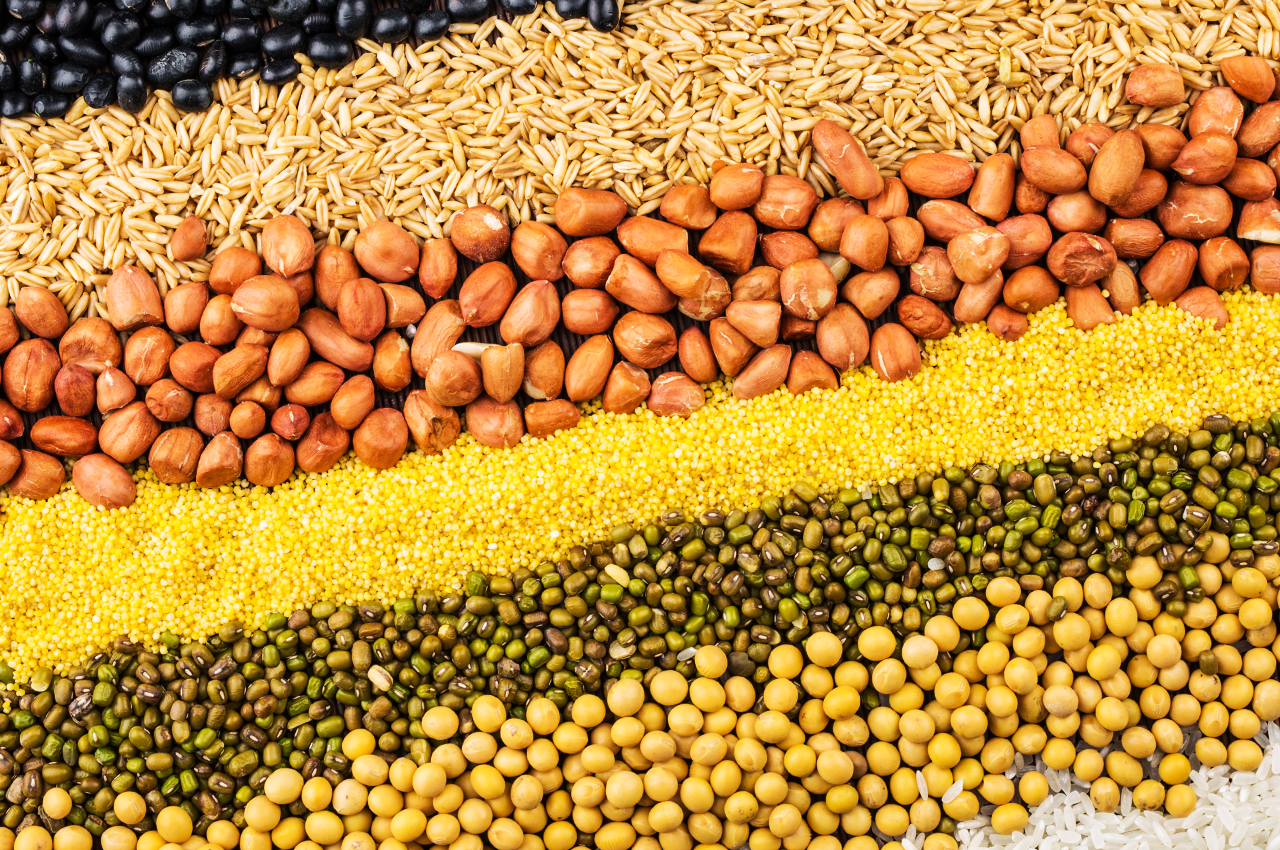Chronic sinusitis is inflammation in the sinuses that causes pain, pressure, and swelling. It usually lasts for longer than 12 weeks.
Unlike acute sinusitis, which is often due to a sinus infection, chronic sinusitis isn’t often caused by bacteria and therefore doesn’t necessarily get better with antibiotics.
Symptoms of Chronic Sinusitis
- Pain and pressure above the eyes, along the sides of the nose, and behind the cheeks
- Feeling congested
- Green or yellow mucous draining from the nose
- Fever
- Pain in the nose or throat
- Difficulty sleeping due to congestion
- Frequent sneezing
How is chronic sinusitis diagnosed?
Imaging tests: Images taken using CT or MRI equipment can show details of your sinuses and nasal area that would otherwise not be seen using a standard test or endoscope. This can help to pinpoint any deep inflammation or physical obstruction that may be contributing to the condition.
Looking into your sinuses: A thin, flexible tube with a fibre-optic light inserted through your nose allows your doctor to see the inside of your sinuses.
An allergy test to help detect whether an allergen is responsible for your nasal flare-ups.
Samples from your nasal and sinus discharge (cultures): When the condition fails to respond to treatment or symptoms appear to get worse, your doctor may swab inside your nose to collect samples to investigate other possible causes, such as bacteria or fungi.
What are the treatment options?
Doctors believe that chronic sinusitis may be an inflammatory disorder, similar to asthma and allergy. Some treatment options include:
- Nasal corticosteroids can help reduce inflammation and provide some relief. Talk to your doctor about the benefits and risks.
- Surgery: Some people with chronic sinusitis may need surgery to clean their sinuses. This can sometimes be achieved with a balloon dilation (a procedure that gently expands narrowed airways caused by inflammation).
- Nasal irrigation: A non-prescription treatment to clear out the sinuses. Saline sprays, neti pots, and other devices that flush the sinuses with water can help clear out any infection and reduce irritation.
8 ways to prevent sinusitis
- Bathe your nasal passages daily
Twice a day, run water gently into the nasal passages to help clear excess mucus and moisten membranes. During the day, use a nasal saline spray (available at pharmacists) to moisten nasal passages. - Stay hydrated – it helps keep the mucus thin and loose.
- Steam. Take a hot shower or boil water and pour it into a bucket; place a towel over your head and carefully bend over the bucket to inhale the steam. Be careful and keep your distance at first and move in gradually to avoid burns.
- Avoid dry environments. Use a humidifier in your home and remember to keep it clean and free of bacteria and mould.
- Sleep with your head elevated. Mucus builds up in your sinuses at night when your head is down, so keep your head supported with pillows during sleep.
- Blow your nose gently. Forceful blowing can irritate the nasal passages and push bacteria-laden mucus back up into your sinuses. Blow with one nostril at a time.
- Avoid antihistamines unless prescribed. Antihistamines can thicken mucus and make it hard to drain.
- Be careful with decongestants, which can cause jitters and increase blood pressure. Always consult with your doctor before using any of these types of medications.

